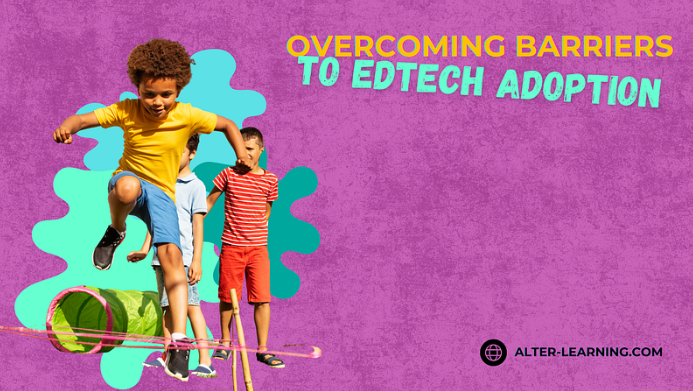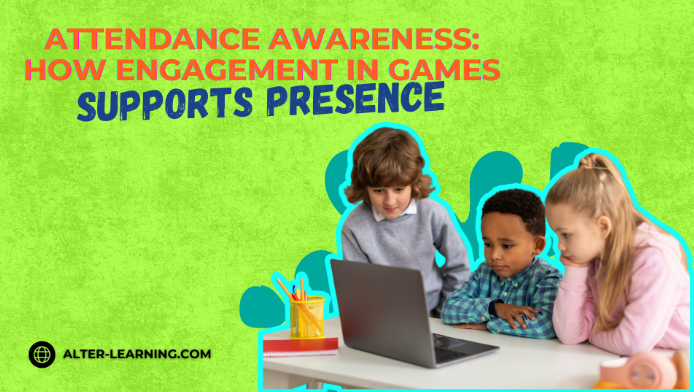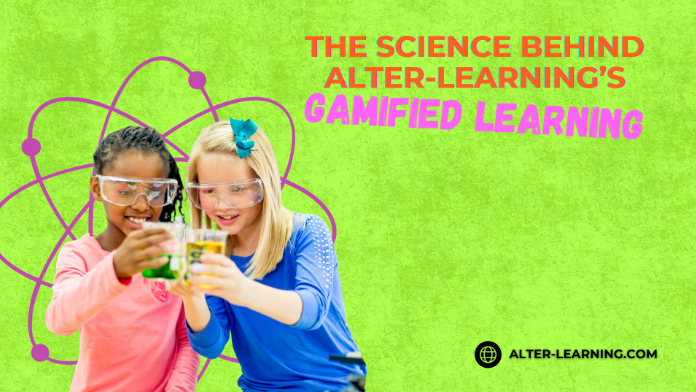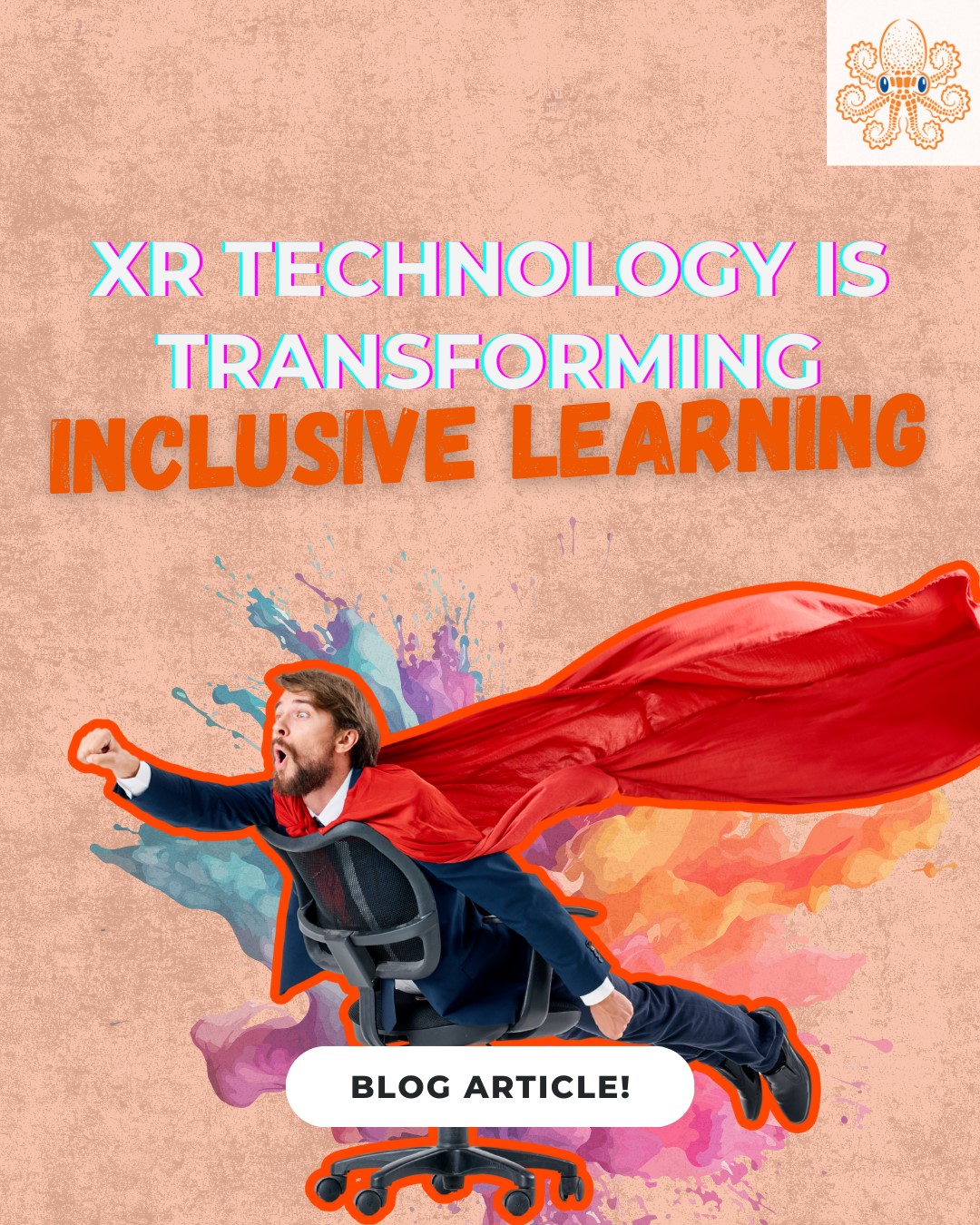Educational technology has enormous potential to transform learning. From VR education apps and AR biology exploration tools to STEAM educational games, teachers today have access to more immersive technology than ever before. But while the promise of EdTech is clear, adoption in schools can sometimes be more complicated than expected.
Challenges such as limited budgets, steep learning curves, and accessibility concerns can hold back innovation. Still, with the right strategies, schools can begin to overcome these barriers and unlock the benefits of interactive STEAM learning and XR educational content.
1. Budget and Resource Constraints
One of the most common obstacles to EdTech adoption is cost. High-end hardware or expensive software licenses can be difficult for schools with limited budgets.
Possible solutions can include:
- Flexible technology learning platforms that run on standard devices instead of requiring high-performance hardware,
- Exploring grant opportunities or philanthropic funding dedicated to technology in education,
- Leveraging crowdfunding projects to build community support for new classroom tools,
- Investing in solutions that emphasize scalability and sustainability rather than one-time novelty.
With careful planning, even resource-strapped classrooms can find pathways to integrate meaningful digital tools.
2. Teacher Training and Professional Development
Another barrier comes from the steep learning curve associated with new technology. Teachers may feel unprepared to incorporate VR math games or interactive physics simulations into their lessons.
Addressing this challenge can involve:
- Training sessions that focus on hands-on practice,
- Peer-to-peer networks where teachers share best practices,
- Ongoing professional development opportunities in digital literacy,
- Providing clear curricular alignment so tools fit seamlessly into lesson planning.
When educators feel confident in their ability to use these tools, adoption can move forward more smoothly.
Ensuring access for all students is critical. Some learners may face barriers due to disabilities, device limitations, or inconsistent internet access.
EdTech adoption can be strengthened by:
- Offering difficulty adjustments to meet diverse student needs,
- Adding audio cues, subtitles, or colorblind-friendly design for inclusivity,
- Designing multiplayer and cooperative challenges that encourage peer support,
- Ensuring that content works across a range of devices, from VR headsets to desktops.
By prioritizing accessibility, schools can make digital learning equitable rather than exclusive.
Skepticism can also slow adoption. Administrators and educators may ask: “How do we know this actually works?”
EdTech platforms can overcome this barrier by:
- Embedding learning analytics dashboards for teachers,
- Aligning activities with state and national standards,
- Providing quizzes, feedback, and assessment tools alongside immersive experiences,
- Piloting games in classrooms and refining content based on student and teacher feedback.
These steps can build trust and demonstrate that immersive learning environments are not just entertaining but educationally valuable.
5. Resistance to Change
Finally, cultural resistance plays a role. Schools accustomed to traditional methods may hesitate to embrace innovative approaches.
This barrier can be addressed by:
- Starting small with modular, flexible tools,
- Showing success stories of interactive STEAM learning in real classrooms,
- Framing EdTech as a support tool that complements—not replaces—traditional teaching,
- Encouraging collaboration between teachers, administrators, and families to build buy-in.
Change can feel disruptive, but with patience and communication, it can also feel exciting.
Moving Forward with Confidence
Adopting educational technology is rarely seamless, but the rewards can be transformative. With creative approaches to budgeting, investment in teacher training, a focus on accessibility, and strong alignment with learning goals, schools can begin to overcome the barriers standing in the way.
Alter-Learning’s commitment to interactive STEAM learning, immersive VR education apps, and inclusive design shows how these challenges can be approached thoughtfully. By tackling obstacles step by step, schools can ensure that technology becomes a bridge rather than a barrier—helping every student engage, explore, and succeed in a world shaped by digital innovation.
Follow Alter-Learning for more insights into immersive education, edtech success stories, and the future of learning. Want to explore how VR/AR could transform your school or learning platform? Let’s connect.




